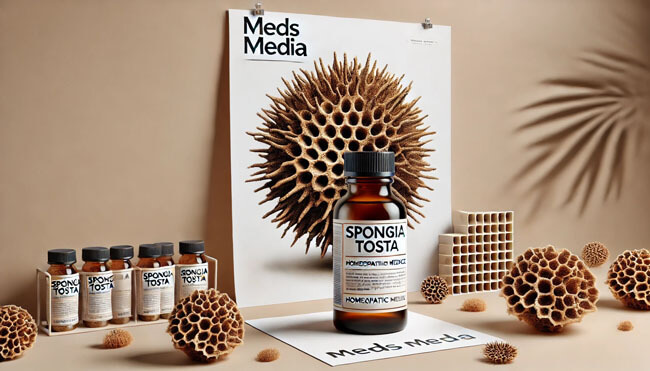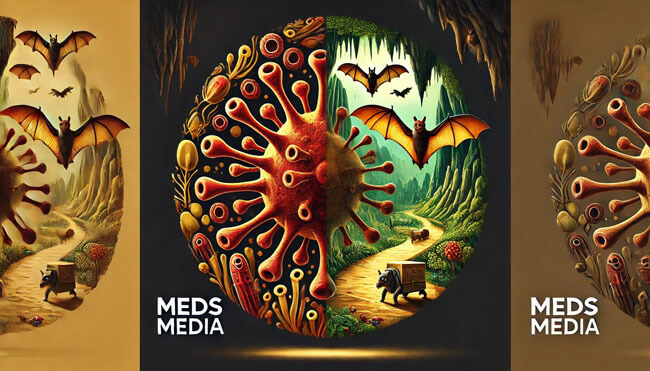What is Marburg Virus?
The Marburg virus is a highly contagious virus that causes a severe hemorrhagic fever similar to Ebola. It belongs to the Filoviridae family of viruses and is primarily transmitted to humans through contact with fruit bats and then from person to person via direct contact with bodily fluids. Marburg virus disease (MVD) can be deadly, with fatality rates ranging from 24% to 88% depending on outbreak severity and access to medical care.
How Does the Marburg Virus Affect the Body?
When the Marburg virus enters the body, it primarily attacks endothelial cells, which line the blood vessels, as well as liver cells and immune cells. This leads to widespread tissue damage, immune suppression, and systemic inflammation. The virus triggers a range of symptoms, starting with fever, muscle pain, and malaise, followed by vomiting, diarrhea, and abdominal pain. In its more advanced stages, the virus causes uncontrolled bleeding, organ failure, and shock, leading to death in many cases.
Symptoms of Marburg Virus Disease
Early Symptoms:
- Fever: Sudden onset of high fever is one of the first signs.
- Headache: Severe headaches can be debilitating.
- Muscle Aches: General muscle pain and weakness.
Advanced Symptoms:
- Gastrointestinal Distress: Vomiting and diarrhea often occur within a few days of infection.
- Hemorrhaging: Uncontrolled bleeding from gums, nose, and eyes is common in severe cases.
- Organ Failure: The virus can lead to liver failure, kidney failure, and central nervous system dysfunction.
- Shock and Death: Many patients die due to shock caused by blood loss and organ failure.
Transmission and Spread
Natural Host
The Marburg virus is believed to originate from fruit bats, particularly the Egyptian fruit bat. These bats are found across Africa and are asymptomatic carriers of the virus. Humans can contract the virus when they come into direct contact with bat droppings, secretions, or contaminated materials.
Human-to-Human Transmission
Once a person is infected, Marburg virus spreads through direct contact with the bodily fluids of infected individuals. This includes:
- Blood
- Saliva
- Vomit
- Urine
- Feces
- Breast milk
- Semen
Healthcare workers and family members who care for infected individuals are particularly at risk.
Homeopathic Perspective on Marburg Virus Disease
While there are no established homeopathic cures for viral infections like Marburg, homeopathy can offer supportive treatment to help manage symptoms and strengthen the body’s natural defense systems. Below are several homeopathic remedies that may be useful for managing the symptoms of Marburg virus disease.
1. Arsenicum Album
- Indication: For patients experiencing severe weakness, gastrointestinal symptoms, and fear of death.
- Symptoms: Vomiting, diarrhea, dehydration, anxiety, restlessness.
- Uses: Helps to manage symptoms like vomiting, diarrhea, and mental distress, which are common in Marburg virus infections.
2. Phosphorus
- Indication: For patients with hemorrhagic symptoms and bleeding.
- Symptoms: Nosebleeds, bleeding gums, sensitivity to touch, nausea, and vomiting.
- Uses: Helpful in addressing bleeding and restoring the balance in bodily fluids, particularly in cases where blood loss is severe.
3. Crotalus Horridus
- Indication: For treating conditions involving excessive bleeding and septicemia.
- Symptoms: Severe bleeding, purpura (bruises), and jaundice.
- Uses: Often used in treating hemorrhagic conditions, including those seen in Marburg and Ebola virus diseases.
4. Carbo Vegetabilis
- Indication: For extreme weakness and collapse after a viral infection.
- Symptoms: Fainting, cold sweat, shallow breathing, bloating, and nausea.
- Uses: Used to revive patients experiencing extreme weakness and collapse, especially in advanced stages of the disease.
5. Eupatorium Perfoliatum
- Indication: For bone pain and flu-like symptoms.
- Symptoms: Severe bone and muscle pain, fever, headache, and nausea.
- Uses: Helps relieve fever, muscle aches, and bone pain, symptoms often seen in the early stages of Marburg virus infection.
6. Rhus Toxicodendron
- Indication: For joint pain and fever with restlessness.
- Symptoms: Fever, body aches, joint pain, and restlessness.
- Uses: Useful in reducing fever, joint pain, and general discomfort during infection.
7. China Officinalis
- Indication: For extreme fatigue and dehydration due to fluid loss.
- Symptoms: Weakness, dehydration, and a sensation of hollowness in the stomach.
- Uses: Useful in restoring energy levels and hydration after significant fluid loss from vomiting and diarrhea.
8. Veratrum Album
- Indication: For cases of intense vomiting and diarrhea leading to dehydration.
- Symptoms: Severe vomiting, cold sweat, dizziness, and cramps.
- Uses: Helps manage severe gastrointestinal symptoms and fluid loss.
9. Secale Cornutum
- Indication: For patients suffering from severe bleeding and low blood pressure.
- Symptoms: Excessive bleeding, cold extremities, weak pulse.
- Uses: Often used to treat conditions involving hemorrhage, particularly in viral hemorrhagic fevers.
Prevention of Marburg Virus Disease
1. Avoid Contact with Bats:
- As fruit bats are natural carriers of the virus, avoiding contact with bats and their habitats is crucial, especially in outbreak areas.
2. Proper Protective Gear:
- Healthcare workers and caregivers should use personal protective equipment (PPE), including masks, gloves, gowns, and eye protection, when caring for infected individuals.
3. Quarantine and Isolation:
- In outbreak situations, isolating infected individuals and ensuring proper sterilization procedures in healthcare settings are essential to prevent further spread.
4. Safe Burial Practices:
- Bodies of Marburg virus victims remain infectious. It is important to use proper burial practices that minimize contact with bodily fluids.
5. Avoid Contaminated Objects:
- Avoid contact with any items that may have been contaminated by an infected individual’s fluids, such as bedding, clothing, or medical instruments.
6. Vaccine Development:
- Although no licensed vaccine for Marburg virus exists yet, several vaccines are under development and are being tested in clinical trials. Recent advancements show promising results.
Insights
From a holistic health perspective, managing Marburg virus disease requires an integrative approach. While conventional medical treatment remains the cornerstone of managing severe viral infections, homeopathic remedies can be considered as a supportive therapy to enhance overall resilience and symptom management. In addition, it is crucial to combine these approaches with preventive measures and early intervention to reduce the spread of the virus.
Combining Conventional and Homeopathic Care
While there is no direct cure for Marburg virus, conventional treatment focuses on supportive care, including intravenous fluids, blood transfusions, and treatment for complications like organ failure. Homeopathic remedies, in conjunction with such care, can help strengthen the body’s immune response, manage symptoms, and support recovery.
Conclusion
The Marburg virus is a deadly pathogen that causes severe hemorrhagic fever in humans. Understanding its symptoms, transmission, and effects on the body is critical to preventing outbreaks and saving lives. While homeopathy cannot replace conventional medical treatments, it can offer valuable supportive care to manage symptoms and improve patient outcomes. Through a combined effort of preventive measures, early diagnosis, supportive care, and emerging treatments, we can work toward reducing the devastating impact of Marburg virus disease.
Disclaimer:
This information is for educational purposes only and is not a substitute for professional medical advice, diagnosis, or treatment. Always consult your physician or a qualified healthcare provider regarding any medical condition. Use homeopathic remedies under the guidance of a certified practitioner.
Similar Posts
Zincum Picricum Homeopathic Medicine & Personality | Uses, Benefits & Indications
Zincum Phosphoricum Homeopathic Medicine & Personality | Uses, Benefits & Indications
Zincum Iodatum Homeopathic Medicine & Personality | Uses, Benefits & Indications
Zincum Bromatum Homeopathic Medicine & Personality | Uses, Benefits & Indications
Zea Homeopathic Medicine & Personality | Uses, Benefits & Indications
Zincum Aceticum Homeopathic Medicine & Personality | Uses, Benefits & Indications
Zincum Cyanatum Homeopathic Medicine & Personality | Uses, Benefits & Indications
Zincum Muriaticum Homeopathic Medicine & Personality | Uses, Benefits & Indications
Zincum Oxydatum Homeopathic Medicine & Personality | Uses, Benefits & Indications
Zincum Sulphuricum Homeopathic Medicine & Personality | Uses, Benefits & Indications
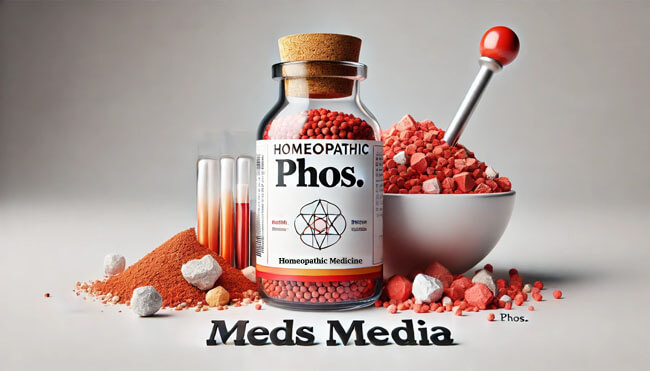
Phosphorus Homeopathic Medicine & Personality | Uses, Benefits & Indications
Causticum Homeopathic Medicine & Personality | Uses, Benefits & Indications
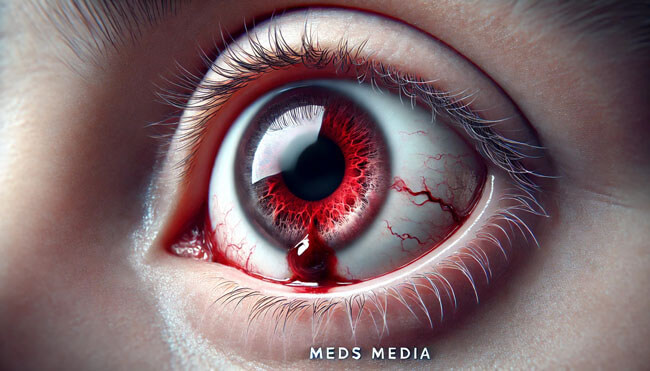
Blood Clot in Eyes: Symptoms, Homeopathic Treatment & Prevention
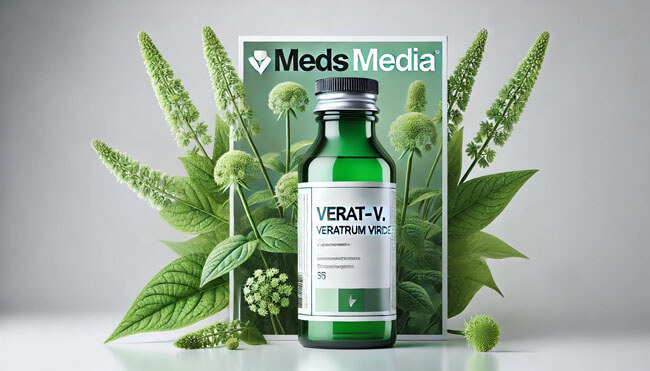
Veratrum Viride Homeopathic Medicine & Personality | Uses, Benefits & Indications
